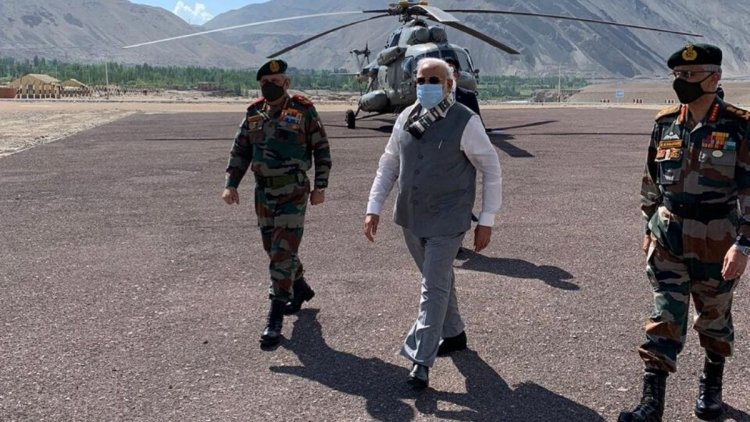Doctrine on Use of Force
STORIES, ANALYSES, EXPERT VIEWS

An independent and multidisciplinary Indian group released a Discussion Document titled ‘India’s Path to Power – Strategy in a World Adrift’ on 2 October.
In 2011, several members of this group were associated with Non-Alignment 2.0. It says: “The guiding premise of the present document is that India’s external and internal environments are now being shaped by tectonic shifts—incipient trends that require thinking afresh and calibrating India’s strategy on a broad front. A new world needs new ideas from time to time….This document is an effort to focus our attention on the need for concentrated strategic thought and encouraging a debate about the hard choices that confront India in the decade ahead.”
Lt Gen (retd) Dr Prakash Menon (Director, Strategic Studies Programme, Takshashila Institution; former Military Adviser, National Security Council Secretariat; and former Member, Executive Council, IDSA) writes “the writings on India’s geopolitical wall are seemingly ominous, and what the country decides about the role of force may take centre stage. Without it, India’s development of military power and its application could cost us dearly.”
A doctrine on the use of force, writes Menon “therefore, finds its place in the document. It is considered essential to shaping India’s coercive instruments and laying down guidelines for their application. Force is assumed to take many forms – kinetic, non-kinetic or a combination of both. However, its utility must be circumscribed by being cognisant of the presence of nuclear weapons. The role of force must be purposed to achieve political objectives through synergised application with other instruments of statecraft.
‘Strategic landscape in which force could play a role’
“The strategic landscape in which force could play a role would consist of territorial integrity, sovereignty, and key nodes in our interdependence with the world. An illustrative list would include responses to territorial losses through any change of status quo; acts of terrorism; violations of agreements to not use force; the non-kinetic attack on critical infrastructure and strategic assets; securing of trade routes through maritime, land, and airspaces especially in the Indo-Pacific; securing of our assets abroad and in the global commons; challenges to internal security.”
Role of political leadership: Importantly, “the political leadership will decide when the use of force should be resorted to and for what political objective. But the decision must emerge from a continuum of politico-military dialogue that is anchored in an integrated institutional setting……”
Long-term planning; competing demands: Menon suggests that “for long-term planning, the competing demands for various weapon platforms have been severely limited by lack of strategic guidance in the form of a national security doctrine/strategy. This is coupled with a weakness in research and development capacity; non-optimal realisation of existing defence industrial potential; insufficient defence budget and inefficient defence acquisition process……….”
Defence Research and Development: India is the second-largest arms importer in the world. Such a status, states Menon “is rooted in the infirmities of the Defence Research and Development Organisation (DRDO)…..The inability to meet the demands of the armed forces, some of which are idealistic, has spawned strategic weakness of dependency on Russia, US, France, Israel, inter alia. The document makes recommendations to reengineer the DRDO to deal with the issue.
“The key reform suggested is the restructuring of the DRDO by separating the functions of strategy and operations……..
“In the case of shaping India’s military instrument, the doctrine on the use of force enunciated in the document can provide India’s security establishment the strategic soil for a debate to cyrstallise a national strategy with a base for political guidance for the military. That too, at a time of tardy economic growth.”
















